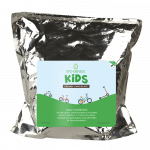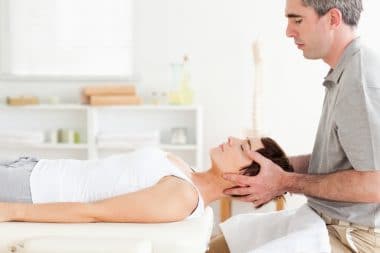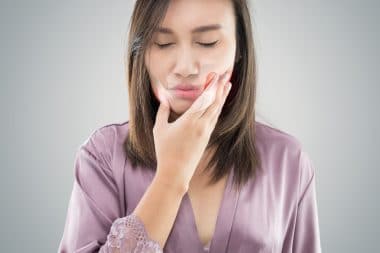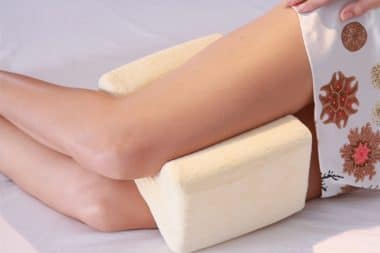Blount’s disease is a rare growth disorder that has two different types. One affecting infants, and the other affecting adolescents. Blount’s disease affects the growth rates around the knee. It causes the plate on the inside of the knee to either stop growing or growth slows down. While the outside knee plate keeps growing. This uneven growth can cause bowing of the legs.Â
Some bowing of legs is normal in infants, usually the legs will straighten out on their own when your baby starts walking between the ages of one and two. Early treatment is key to helping these children with Blount’s disease live a normal life.Â
There are two main types of Blount’s disease. Infantile Blount’s is the more common type of Blount’s. Usually diagnosed anywhere between newborn and three years of age. The bowing of legs does not get better when your child starts to walk. Infantile Blount’s usually affect both legs. It is not painful but it can affect how they walk. Adolescent Blount’s disease occurs over the age of ten. It is more common to affect one leg instead of both. It also can cause knee pain that will get worse with activity. Â
Causes
Though the exact cause of Blount’s disease is unknown there are some extra risks. Children who are overweight or gain weight suddenly can be more at risk. It has been shown that Blount’s disease runs in families. Â
Signs & Symptoms
The main sign of Blount’s disease is bowed legs below the knees. There may not be pain with the bowing. If the symptoms are not treated though it can lead to arthritis or the knee joint and in severe cases can lead to trouble walking. Â
Diagnosis
Diagnosing Blount’s is usually done with a physical exam along with an X-ray. Infantile Blount’s is usually caught during a routine doctor’s appointment.Â
Read More:Â Living With Miserable Malalignment Syndrome
Treatment
Depending on the age of the child will depend on how Blount’s will be treated. In children between the age of two and four usually will have leg braces to wear. The leg braces will be casted from a mold of the child’s leg from the thigh to the toes. Braces will usually be worn for sometimes as long as twelve months. Braces will help straighten out the legs overtime.Â
In older children surgery is usually the best course of treatment. A minimally invasive procedure called “Guided Growth” can be done. This is when something is attached to the growth plate on the outside of the leg to slow down the growth so that the growth plate on the other side has time to catch up.Â
Another option of treatment is an osteotomy. A doctor will cut the bone, straighten it, and refasten it with plates and screws. Another surgery option is an external fixator. A fixation is attached to the outside of the leg, the fixator holds the bone in place while straightening it. Surgery has shown to be the most effective course of treatment.Â
Outcome
Once the Blount’s is treated children can usually resume normal activity with no long term problems. Children will want to be monitored usually by an orthopedic doctor while they are still growing to make sure that their growth rates stay normal. If Blount’s was brought on by obesity, maintaining a healthy weight will be key as well.Â
Blount’s disease is not fatal and usually with correct treatment started early, response to treatment is usually very good. There may be some adjusting to leg braces, or surgery recovery but usually normal activity is achieved in time. Â
Read More:Â 4 Ways To Prevent Knee Pain
Bowed legs in infants is common but it can also be a sign of Blount's Disease #HealthStatus
Blount’s disease affects the growth rates around the knee. It causes the plate on the inside of the knee to either stop growing or growth slows down.
Sources:
https://www.hopkinsmedicine.org/health/conditions-and-diseases/blounts-disease#:~:text=Infantile%20Blount’s%20disease%20generally%20appears,tibia%20(shin%20bone)%20only
https://www.columbiadoctors.org/condition/blounts-disease-pediatric
https://kidshealth.org/en/parents/blount-disease.html
https://www.rileychildrens.org/health-info/blounts-disease









Reply